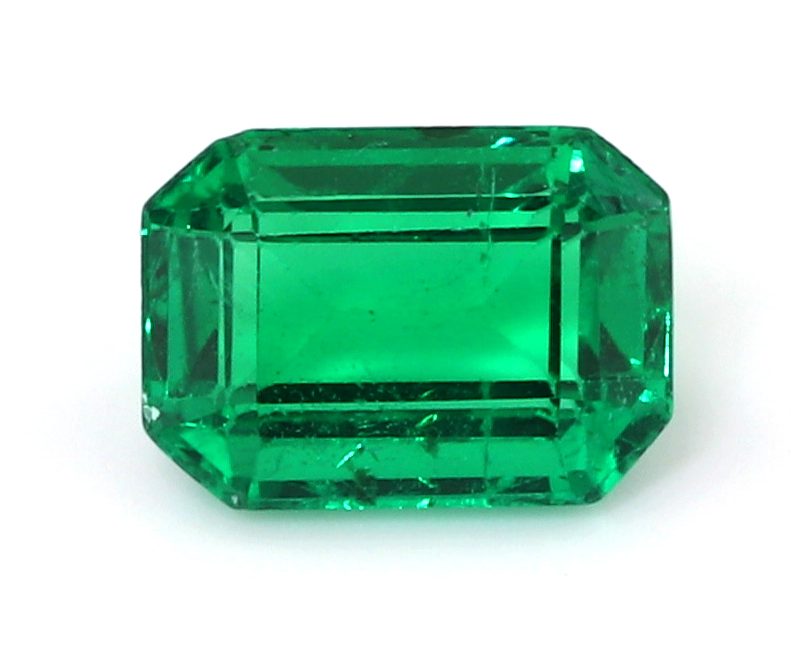Emerald Essentials

Emerald, a mesmerizing gemstone revered for its captivating green hues, has fascinated humans for centuries. Its rich history, stunning appearance, and geological significance make it one of the most sought-after gemstones worldwide. This article delves into the The Nature of Emeralds, exploring its chemical composition, the factors contributing to its vibrant color, and the inclusions […]

Beryl is a beryllium aluminum silicate (Be3Al2Si6O18) formed from some of the most abundant elements on earth with aluminum (8.1%), silicon (27.7%), and oxygen (46.6%). Beryllium is rarer than the other elements present. On average, it is estimated that beryllium comprises only 2.8 grams per ton of crystal rock (Sinkankas 1981). There are about forty […]

The 4Cs of color, clarity, cut and carat weight are used to grade diamonds are also used for colored gemstones as well. However, there are different standards for grading colored gems like emeralds. Color The first and foremost property emeralds are judged by is their color. A highly saturated emerald will outprice larger emeralds with […]

Clarity In order to understand emerald inclusions, you must first understand their clarity. Emeralds are classified as a Type III gemstone. There are three types total: Type I, Type II, and Type III gems. Type I […]

Common Enhancements in Emeralds Over 99% of emeralds have surface reaching fractures that are treated with oil, wax, resin, or something else entirely. This is done to improve the clarity of emeralds, and usually termed as enhancement instead of treatment is the sales sector of the gem industry. Labs will instead use terms such as […]

The Truth Behind Source & Quality Some emerald sources have greater prestige than others, and origin has been known to influence price regardless of quality. The mines of Colombia have long been known for producing emeralds of outstanding quality. Over time, gem lovers have come to believe that any Colombian emerald must be superior to […]

Emerald simulants are something that looks like an emerald, but does not share any of its physical or chemical properties. Not to be confused with a synthetic emerald, which is a man-made emerald. This also means stones like peridot, green garnets, or other green gems historically confused with emeralds can be emerald simulants as well. […]

A synthetic emerald is a man-made emerald. It has the same chemistry, scratch resistance, and color as natural emerald, but made in a lab instead of the earth. Not to be confused with emerald simulants, which are things meant to look like an emerald. While one of the most common synthetic gems, it is also […]

Beryl Varieties The beryl mineral species comes in a variety of colors like pink, red, green, blue, brown, and black. Most gem-quality beryls come from pegmatites, a mineralogical formation that typically produces large gems visually inclusions free. Despite their viability in jewelry, they remain mostly known as collector gems with the exception of aquamarines. Aquamarines […]
